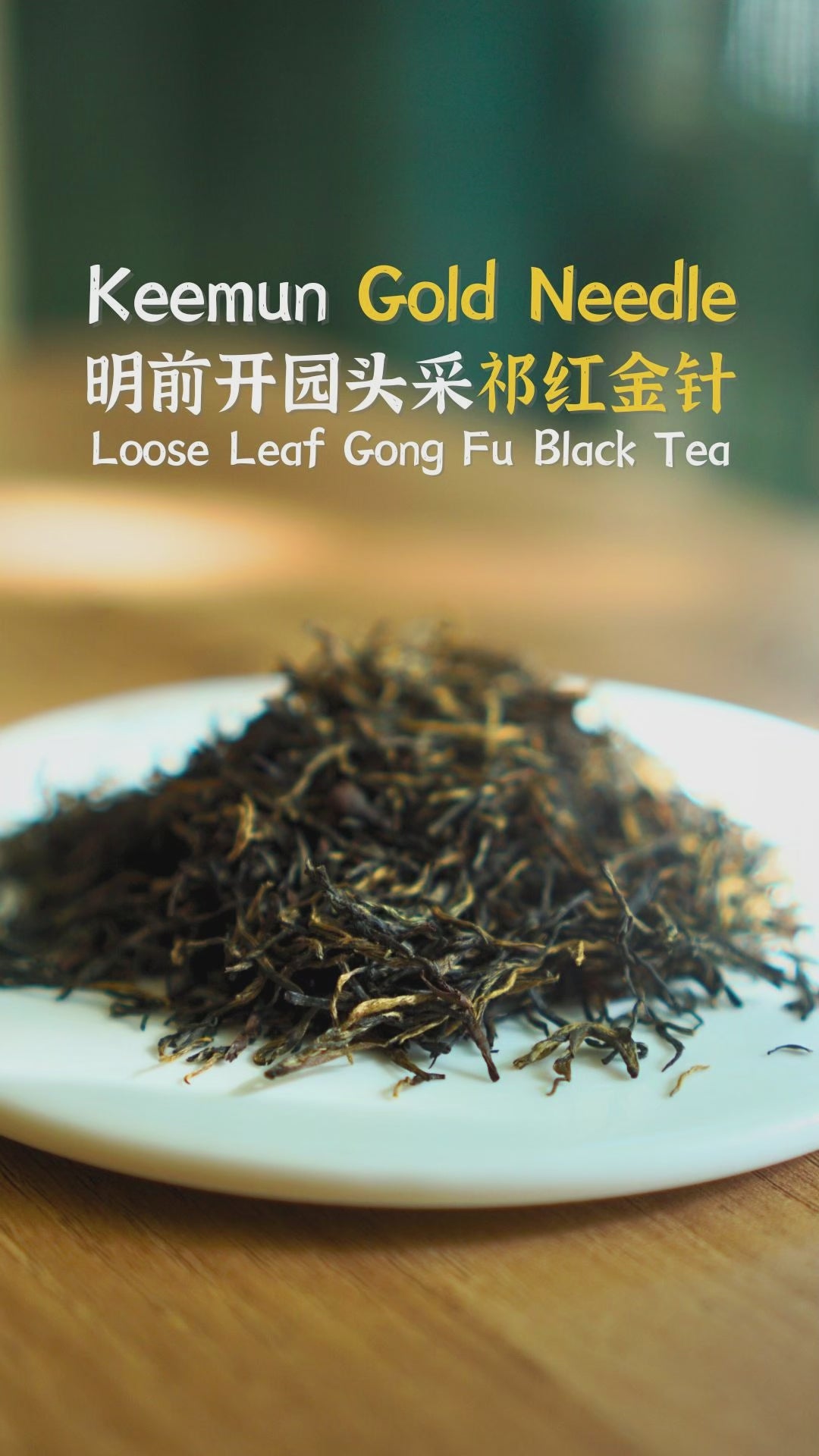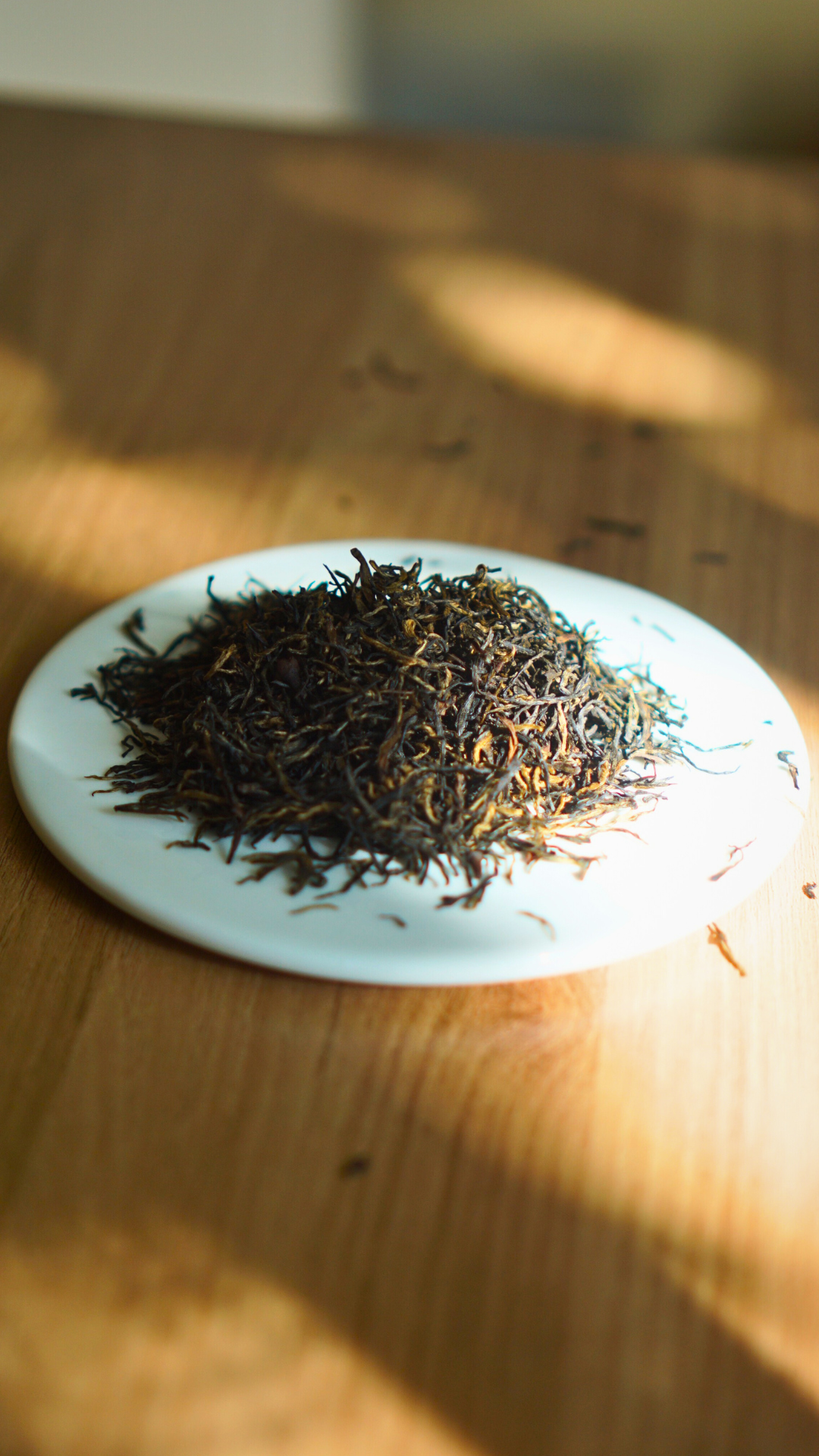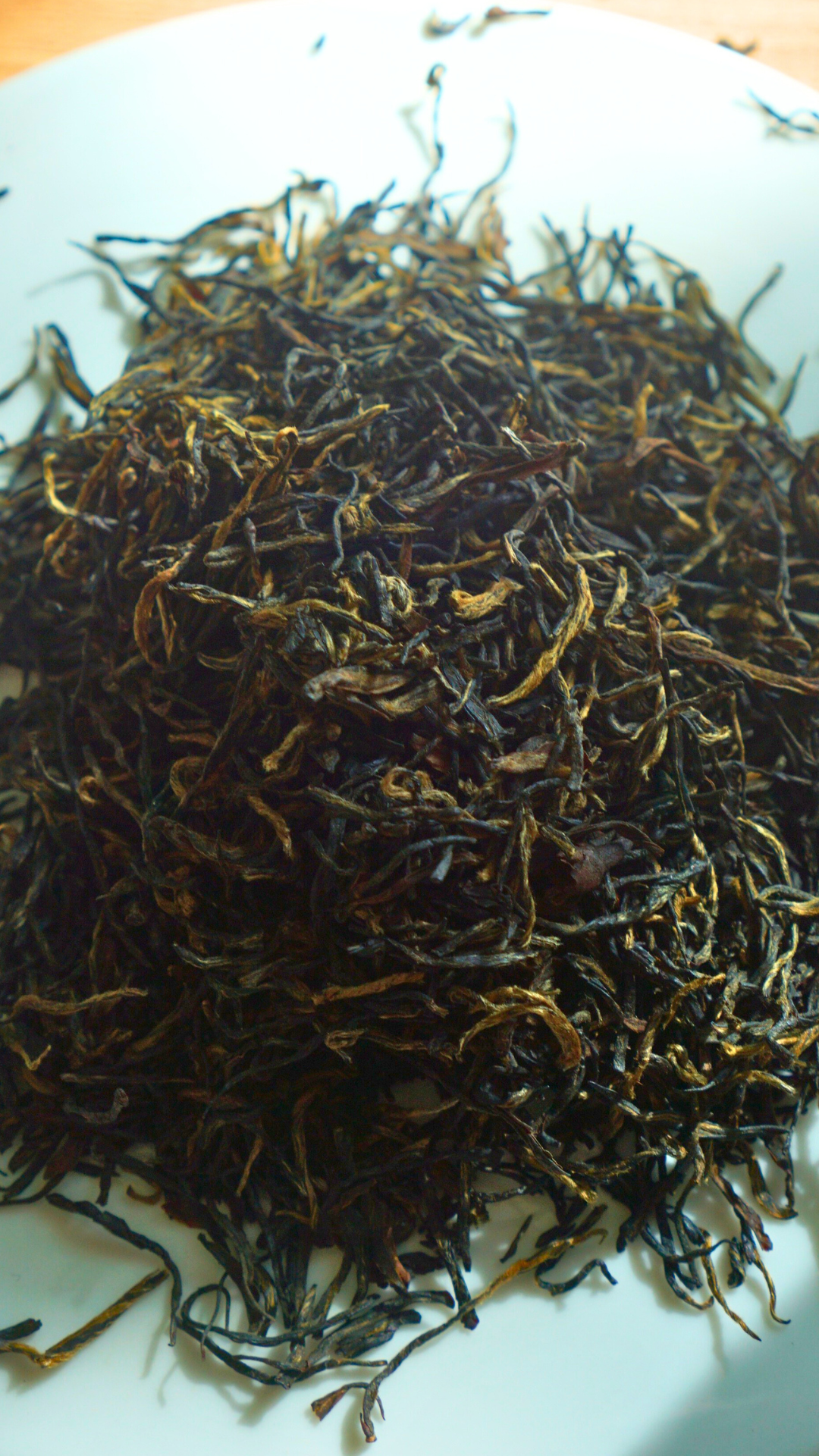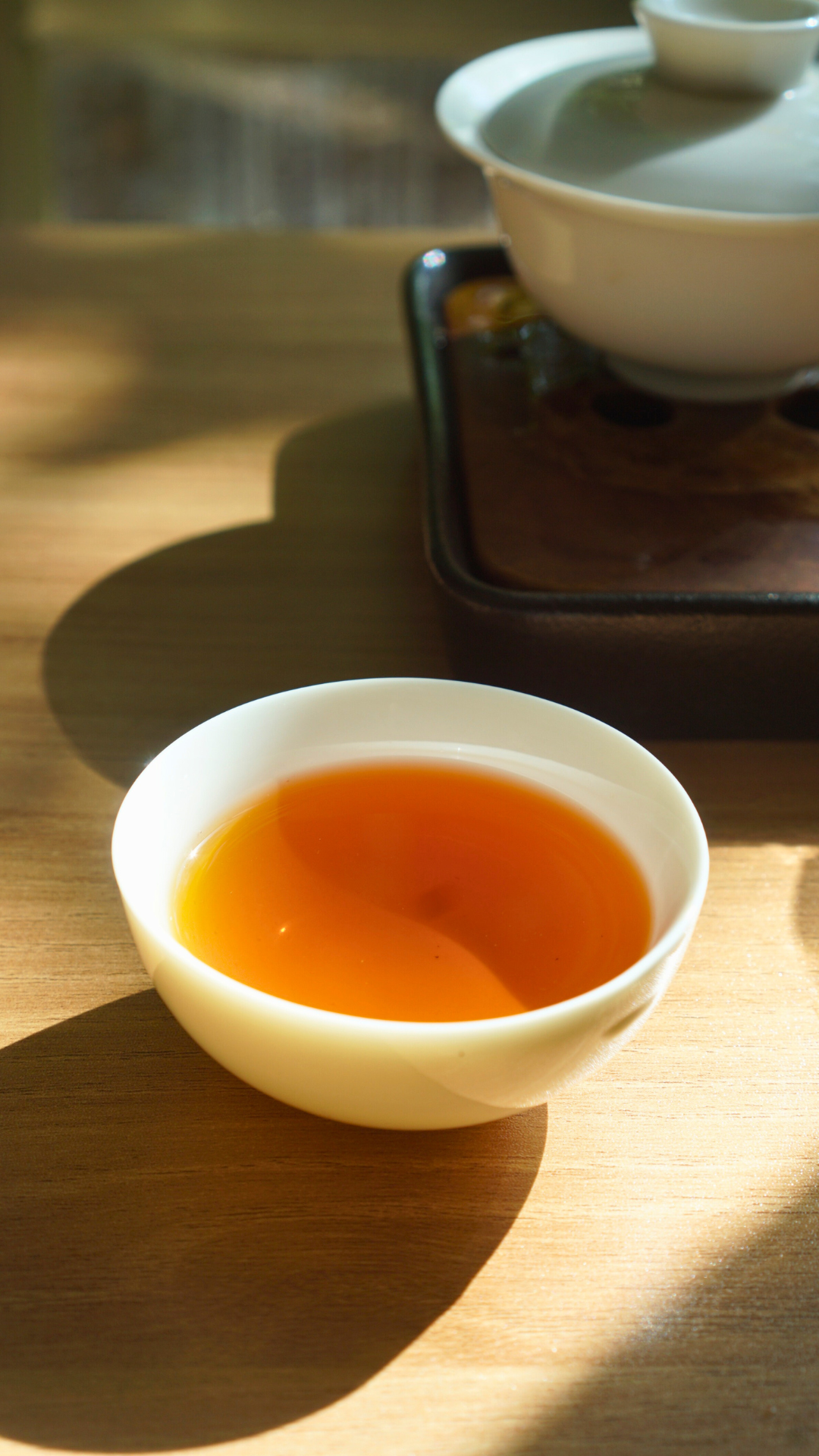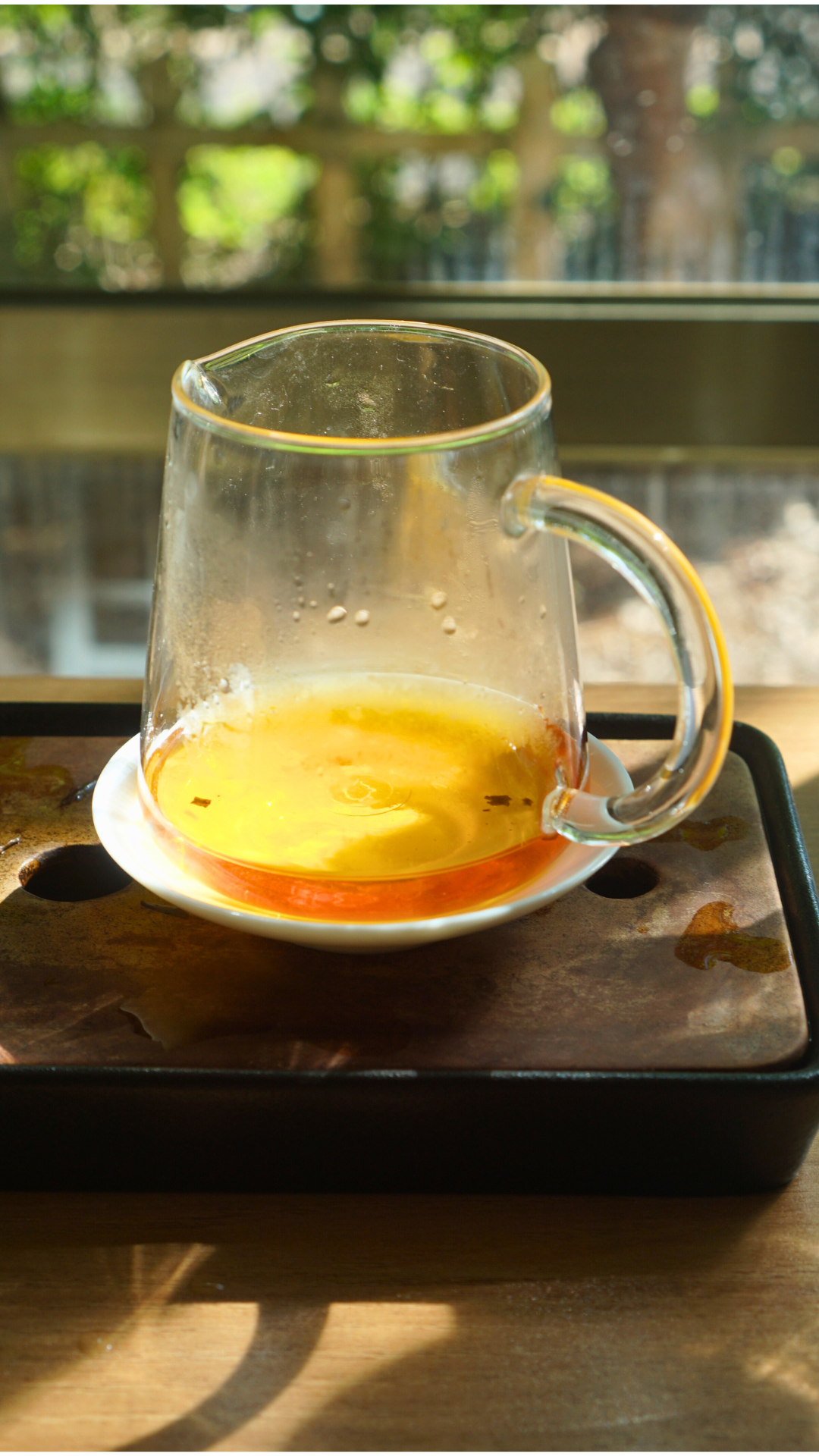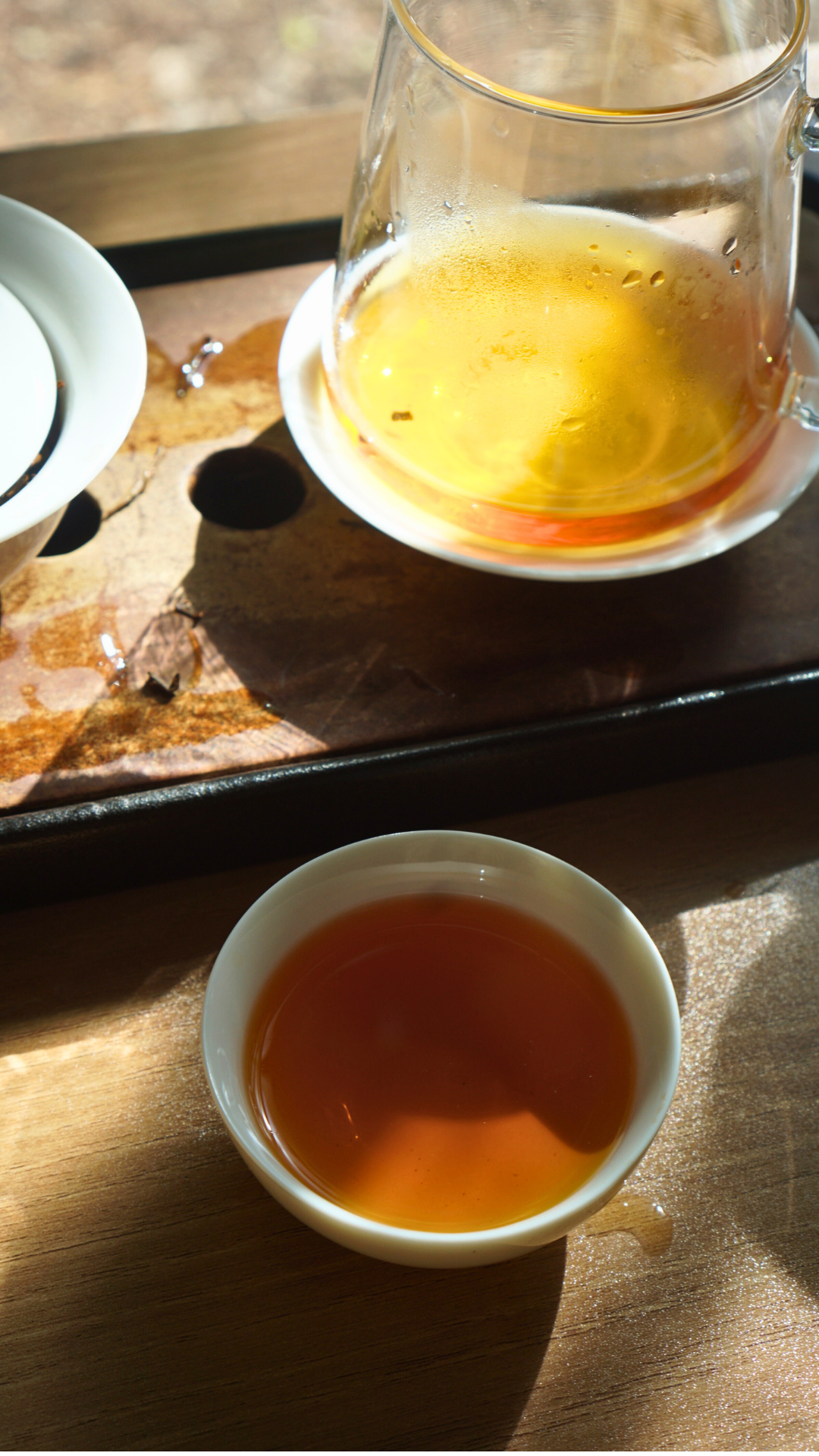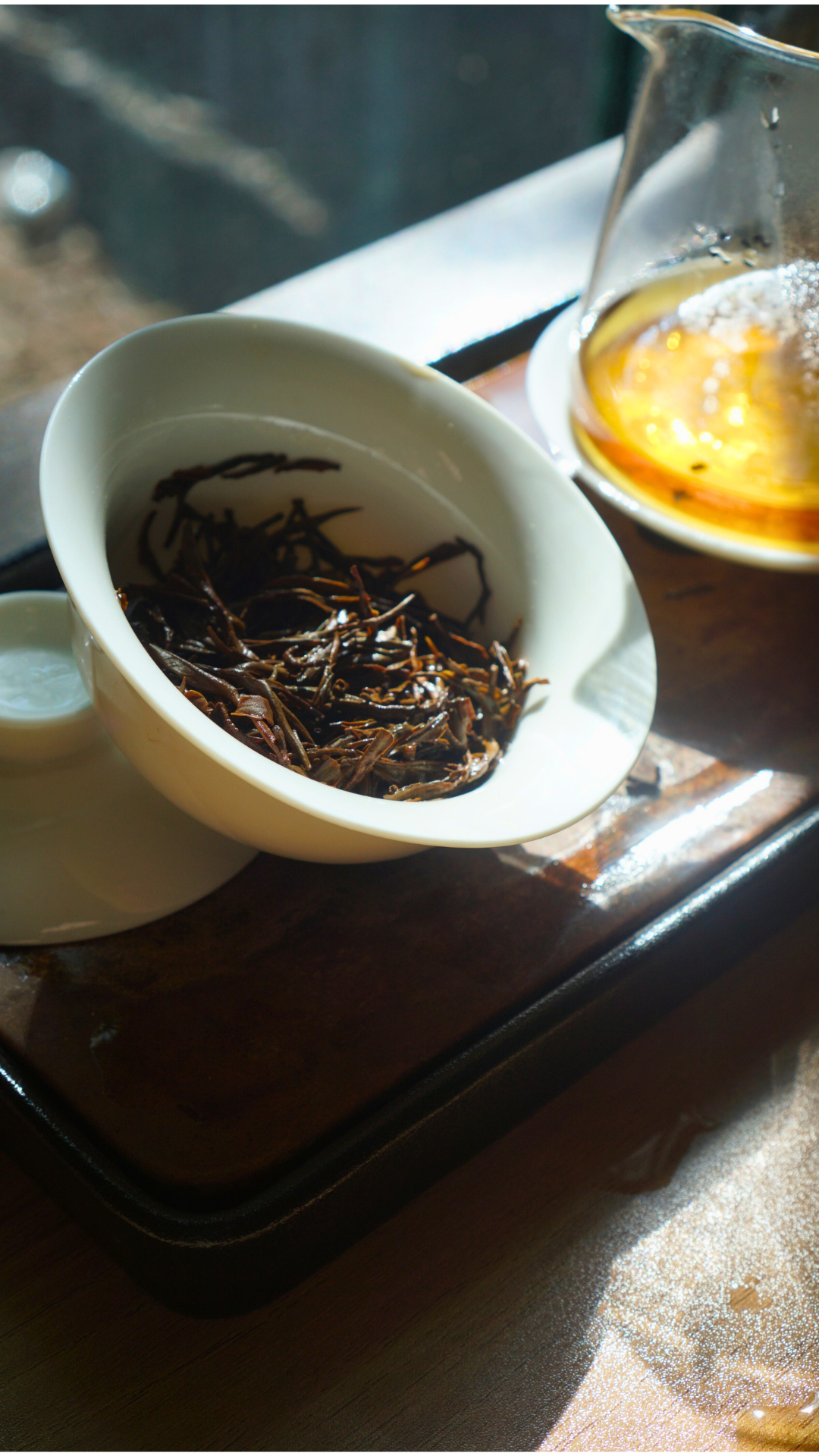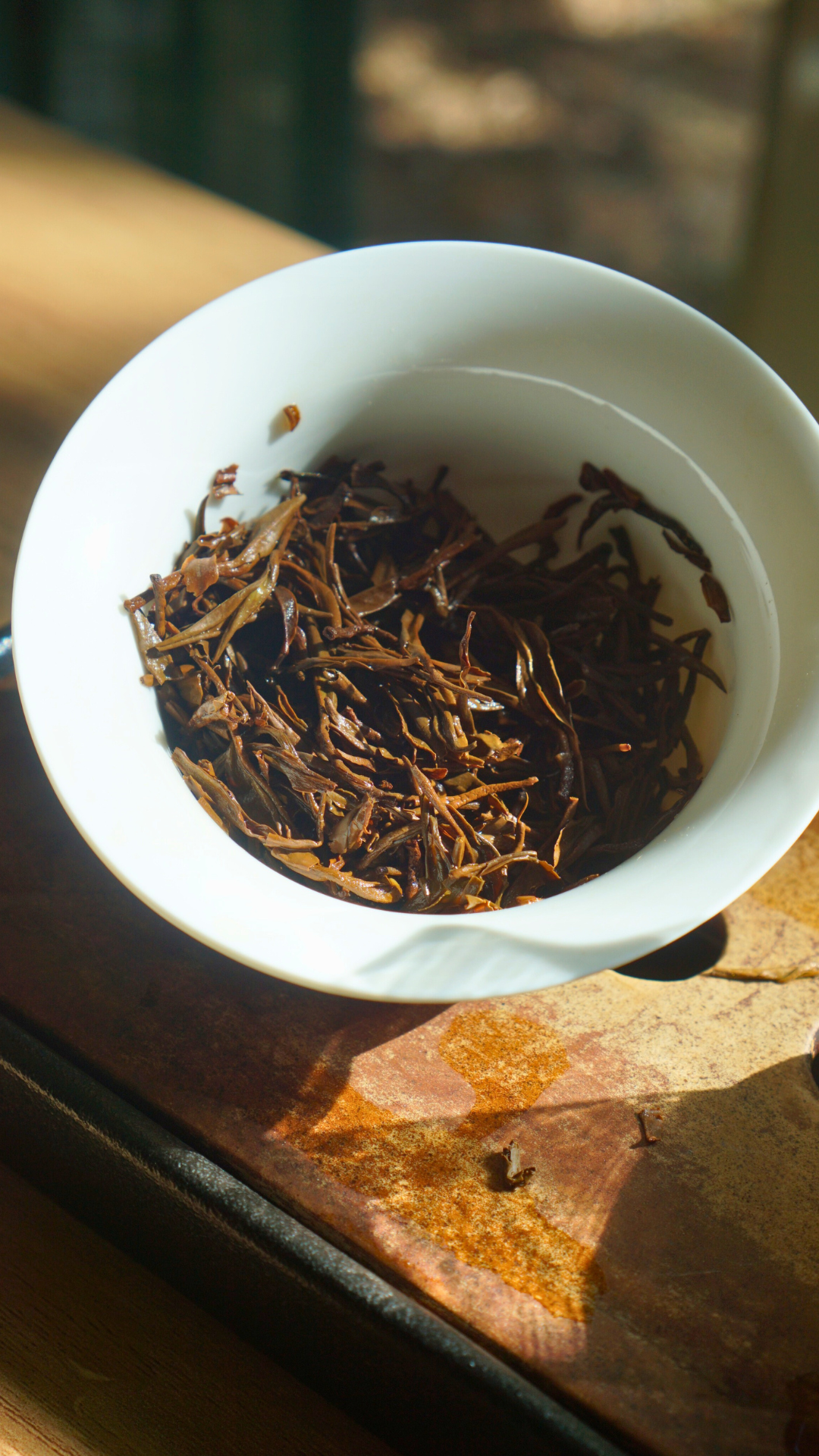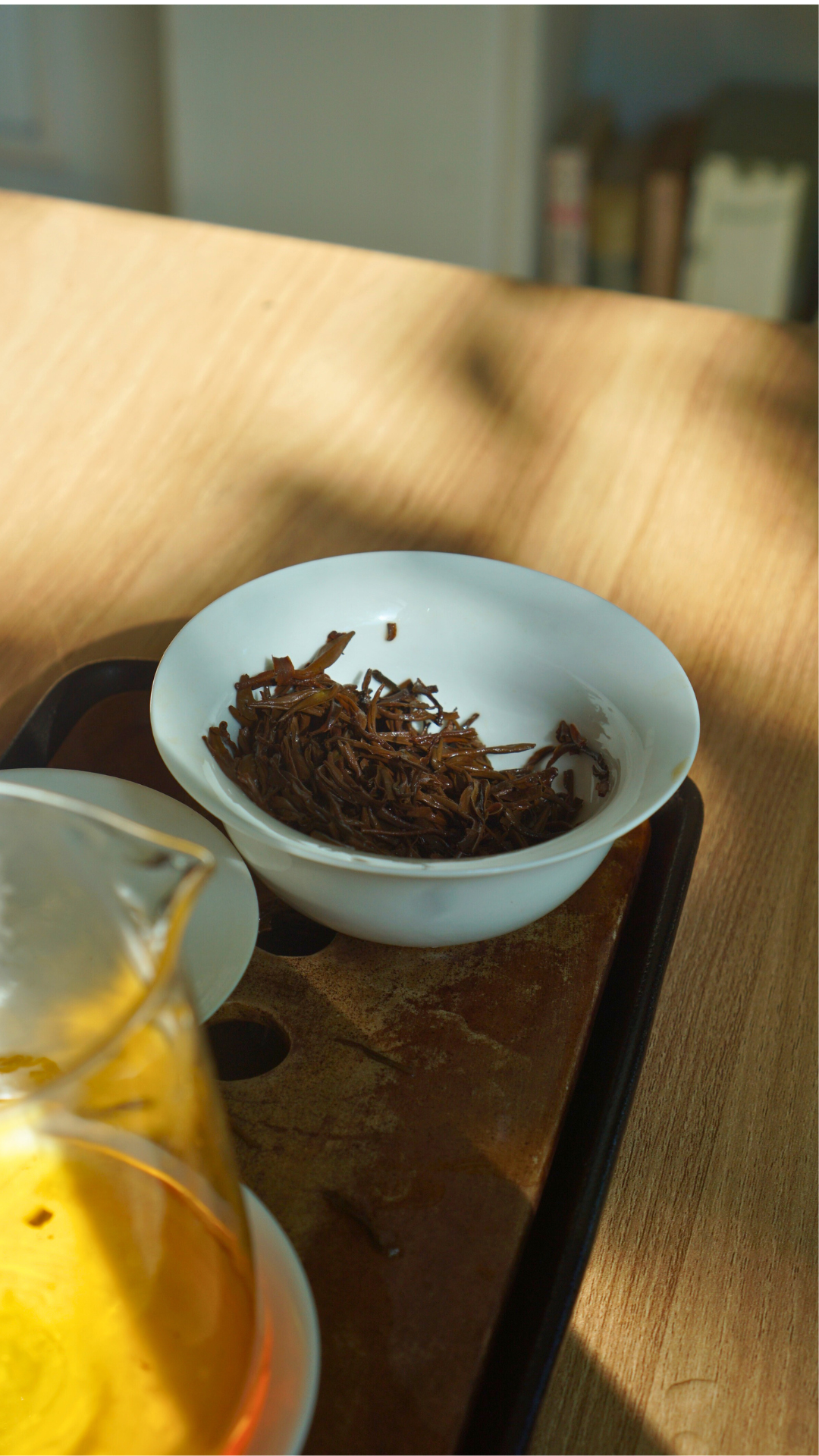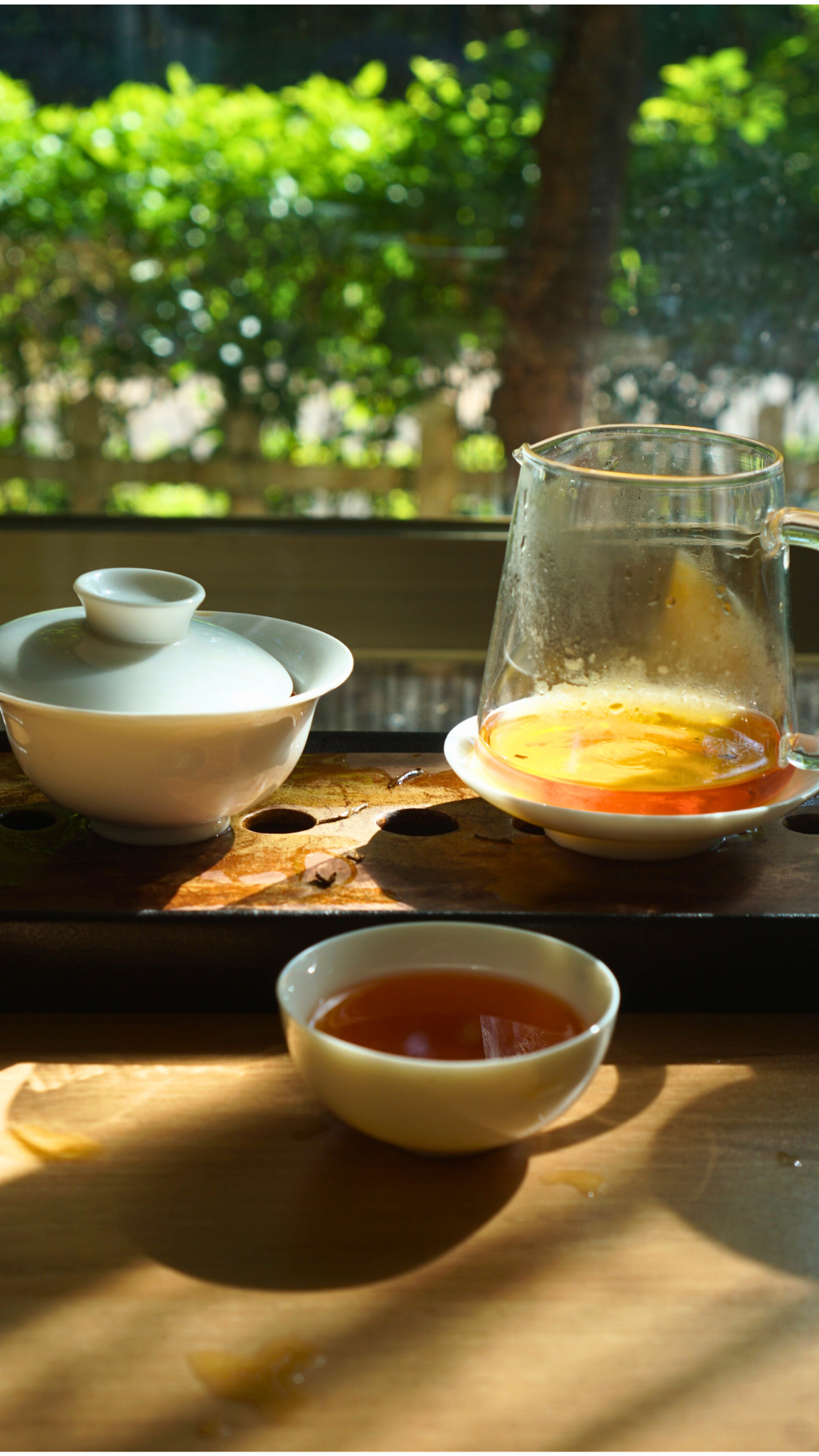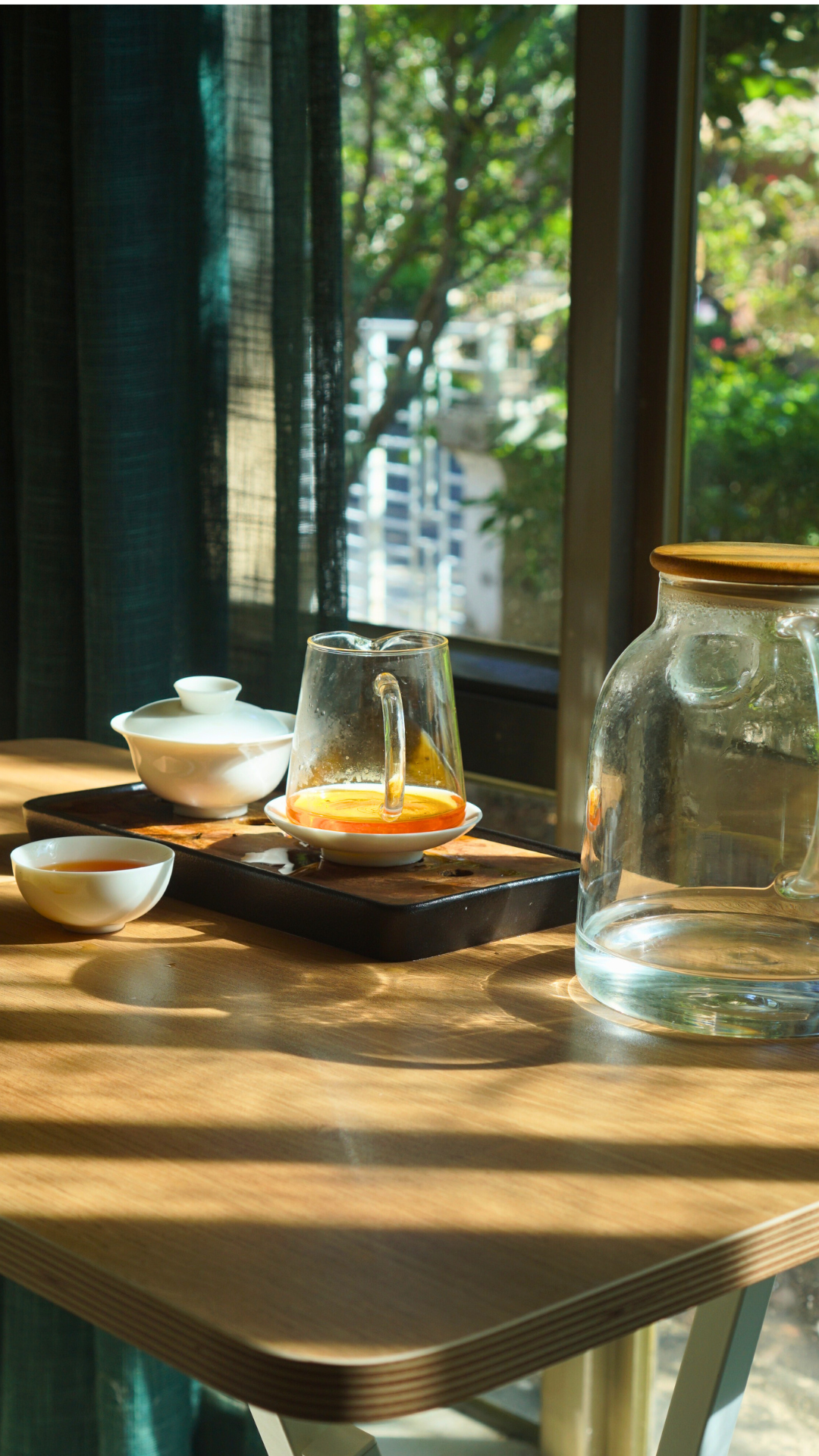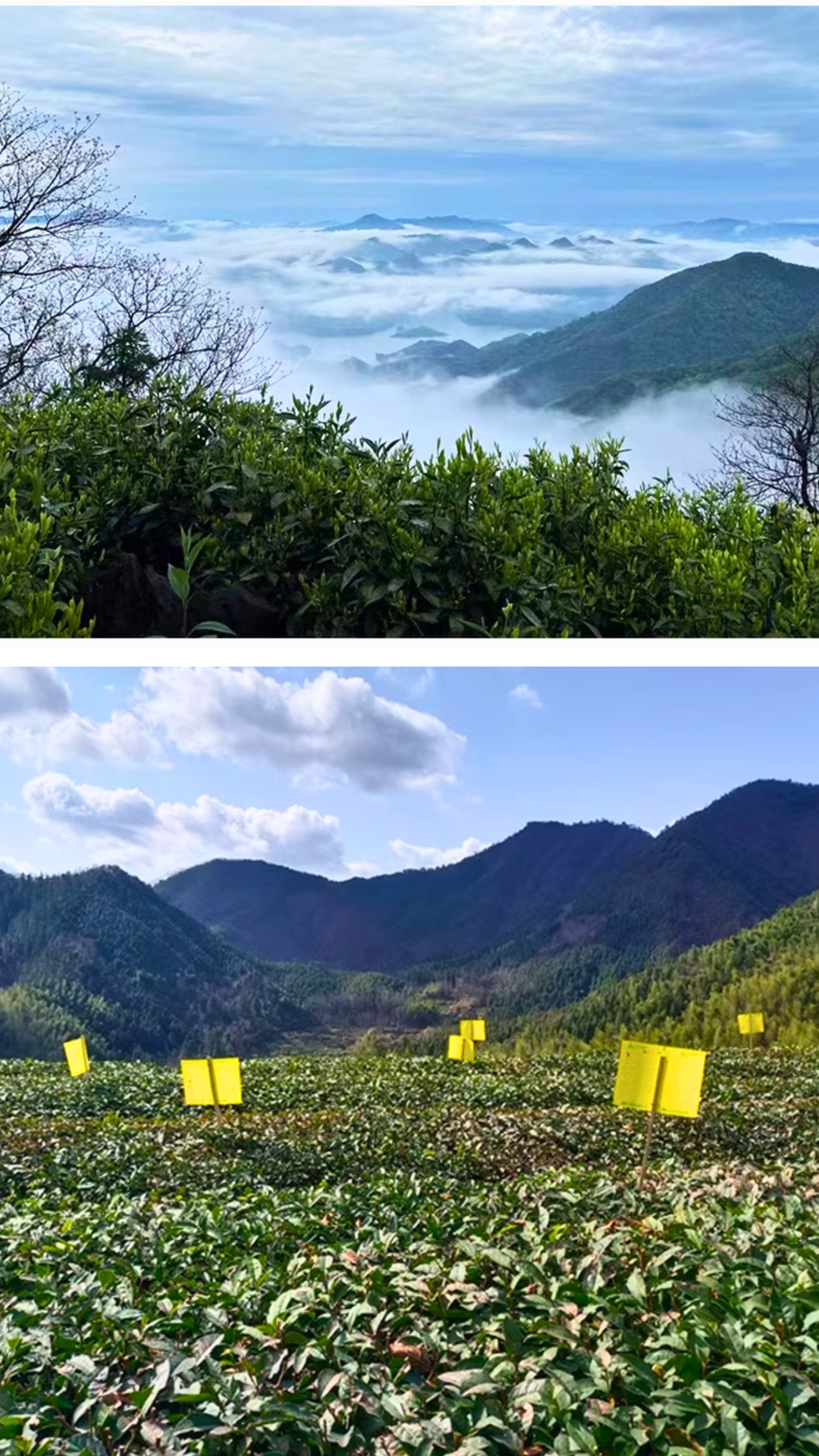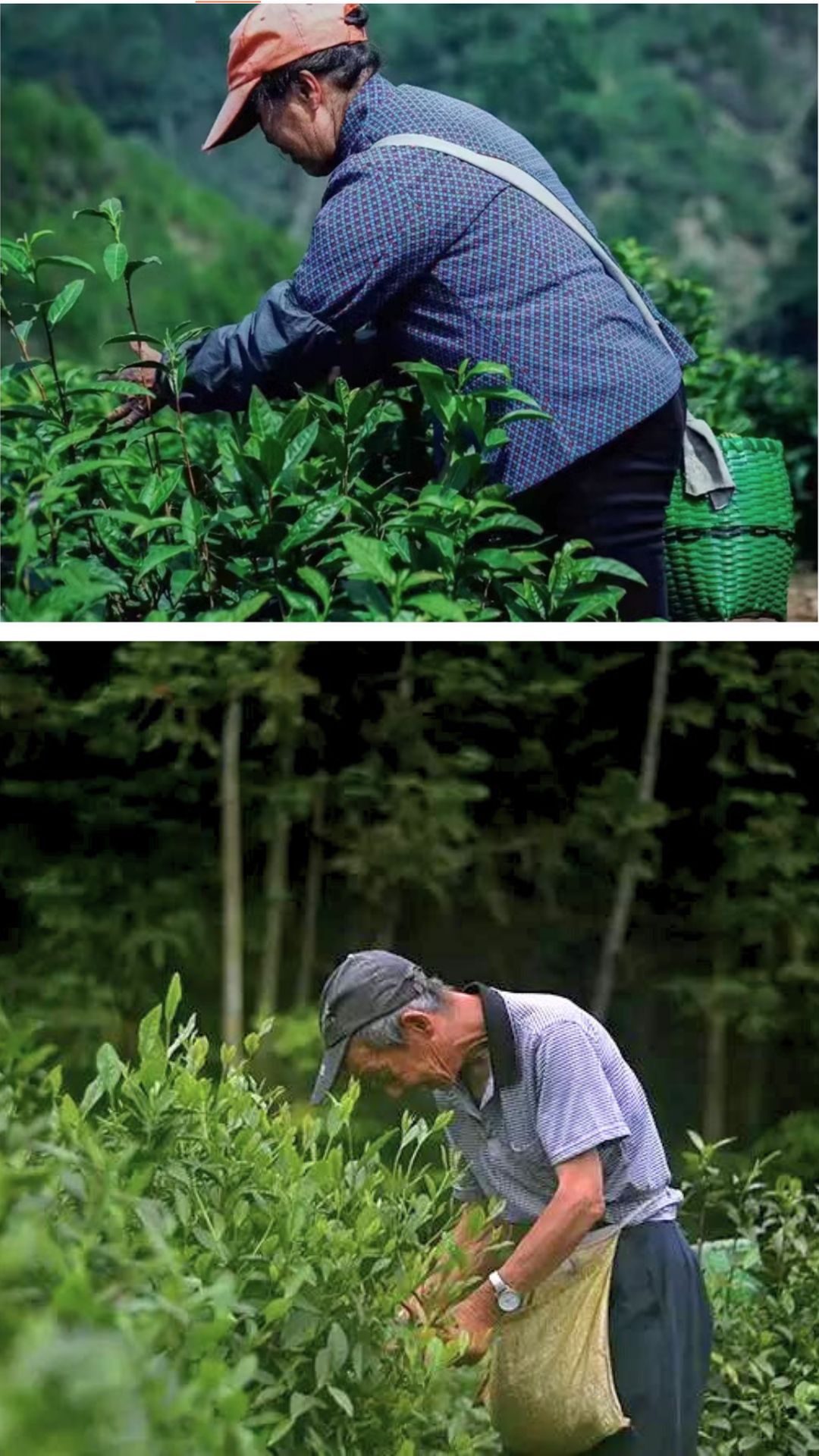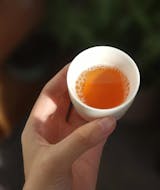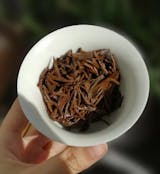Qimen Gold Needle
Qimen Gold Needle
明前开园头采祁红金针
This Qimen tea comes from a tea plantation at the foot of Mount Guniujiang(牯牛降), located in the Likou(历口) National Nature Reserve and National Geopark in Qimen. Fertilizers, herbicides, and pesticides are strictly prohibited in the plantation.
The mountain area for the original variety of Qimen Zhuye (槠叶种原始品种) tea leaves is located in the Likou(历口) region, the core production area of Qimen County’s Qimen black tea.
The tea gardens here are nestled against the mountains and rivers, shrouded in mist all year round, and surrounded by the fragrance of blooming flowers throughout the four seasons.
The superior mountain climate, forest microclimate characteristics, and unique red-yellow soil have laid a strong foundation for nurturing the fresh and captivating aroma of Qimen black tea.
The aroma of Qimen tea is also inseparable from the Zhuye variety. The Zhuye variety is a medium-leaf, medium-growing tea variety, with oval or long oval-shaped leaves that are soft in texture and highly resistant to frost and drought. Black tea made from the Zhuye variety is known for its rich and intense aroma.
This Gold Needle tea from the first harvest represents the highest quality of Qimen black tea. It is crafted entirely by hand by the most experienced tea artisans, using only the most tender one bud and one leaf picked before the Qingming Festival. The entire winter’s accumulated nutrients are released in these few days. Each tea bud resembles a luxury item.
The dry tea leaves are tightly rolled, slender, and covered with golden tips. They exude an intoxicating floral and fruity fragrance. The tea infusion is a bright orange-red with a golden rim, smooth on the palate, and combines a honeyed sweetness with the unique floral and fruity aroma, leaving an enduring aftertaste.
It is a masterpiece among Gongfu black teas.
Picking and Processing
Picking and Processing
Tea gardens typically harvest in April, with high requirements for leaf tenderness. Spring tea is harvested in 6-7 batches, primarily picking one bud with one to two leaves.

Key processing points for Gong Fu black tea:

Withering: After picking, fresh leaves are placed in withering troughs or withering machines, or can be spread on the floor for natural withering. The purpose of withering is to evaporate appropriate amounts of moisture, making leaves soft and more resilient, promoting internal chemical changes, and eliminating the grassy smell. Generally, withered fresh leaves should reach about 65% water content. Under normal temperature and humidity, natural withering takes 7-8 hours. Withering time is shorter with higher temperatures and lower humidity, and longer in opposite conditions. Proper withering is indicated by shrunken, soft leaves that clump when squeezed but separate when released, darkened color, loss of shine, reduced grass smell, and emerging fragrance. Withering is a crucial processing stage for developing black tea's aroma.

Rolling: The rolling process for strip-style black tea is similar to green tea, but with higher standards - the strip formation rate must exceed 90%, cell destruction rate over 80%, and tea juice should ooze but not drip. Therefore, higher performance is required from rolling machines.

Fermentation: Fermentation is a unique stage in black tea processing, allowing polyphenols to fully oxidize, creating black tea's characteristic color, aroma, and taste. Black tea is called fermented tea because its red liquor and leaves result from fermentation. Currently, Kung Fu black tea processing still follows traditional methods, with a relatively long processing cycle - over 4 hours from rolling to drying. Fermentation actually begins during rolling, with separate fermentation on the floor lasting only about 2 hours. The ideal fermentation temperature is 24-25°C, with humidity above 80%. Air circulation is necessary for complete oxidation. Proper fermentation is achieved when the grassy smell disappears, aroma develops, and leaves turn red.

Drying: Drying is the final step in black tea processing, aimed at stopping fermentation, evaporating moisture, and achieving crude tea product requirements. Black tea drying typically uses drying machines with a two-stage process.
The first stage is called rough drying, the second final drying. Rough drying should achieve 20%-25% moisture content, final drying 4%-6%. Between stages, tea leaves are cooled and allowed to reabsorb some moisture before the second drying. Drying temperatures follow the principle "high for rough drying, low for final drying" - high being 110-120°C, low being 85-95°C.
Brewing
Brewing
White porcelain teaware is best suited for brewing Gong Fu black tea, such as white porcelain gaiwan, white porcelain teapot, white porcelain cups, etc.
First rinse all utensils with hot water, then add about 3-5 grams of black tea, and pour 90°C~95°C hot water into the gaiwan to 2/3 full, then quickly pour it out - commonly known as "tea rinsing."
When pouring with the teapot, the steeping times from the first to tenth infusion should be approximately: 15 seconds, 25 seconds, 35 seconds, 45 seconds, 1 minute, 1 minute 10 seconds, 1 minute 20 seconds, 1 minute 30 seconds, 2 minutes, 2 minutes 30 seconds. The steeping time can be adjusted according to personal preference.
After brewing, it is recommended to pour the tea into white porcelain cups for appreciation. If a golden ring remains on the cup wall for a long time without dissipating, such black tea is considered premium and precious.
Black Tea Storage
Black Tea Storage
The quality of black tea is determined during the fermentation
process, and if stored properly, its quality remains relatively stable. Black tea has a long shelf life that can last for several years.
The key principles for storing black tea are: avoid light exposure, keep sealed, maintain room temperature, and prevent moisture.
1. Storage Container Selection
Although tea often comes with canisters or bags when purchased, it's best to use professional containers for long-term storage. The ideal containers for tea are made of porcelain, stainless steel, or tinplate. Before placing black tea inside, wrap it in plastic bags and remove air from the bags to better preserve the tea's aroma.
2. Storage Environment Conditions
The storage environment directly affects the quality of tea preservation. The optimal storage environment for tea should be dry, room temperature, and away from light. Additionally, avoid humid conditions, as black tea can easily absorb moisture and deteriorate. Direct sunlight will destroy vitamin C in tea leaves and alter their color and taste; high temperatures will accelerate the breakdown of effective components, reducing nutritional value.
3. Storage Duration
Although black tea can be stored for long periods, even under optimal storage conditions where it can maintain its flavor for 3-5 years, it is still recommended to consume it within 1 year.
- Gong Fu Black Tea
- 500g/pouch
- Free Shipping
Couldn't load pickup availability
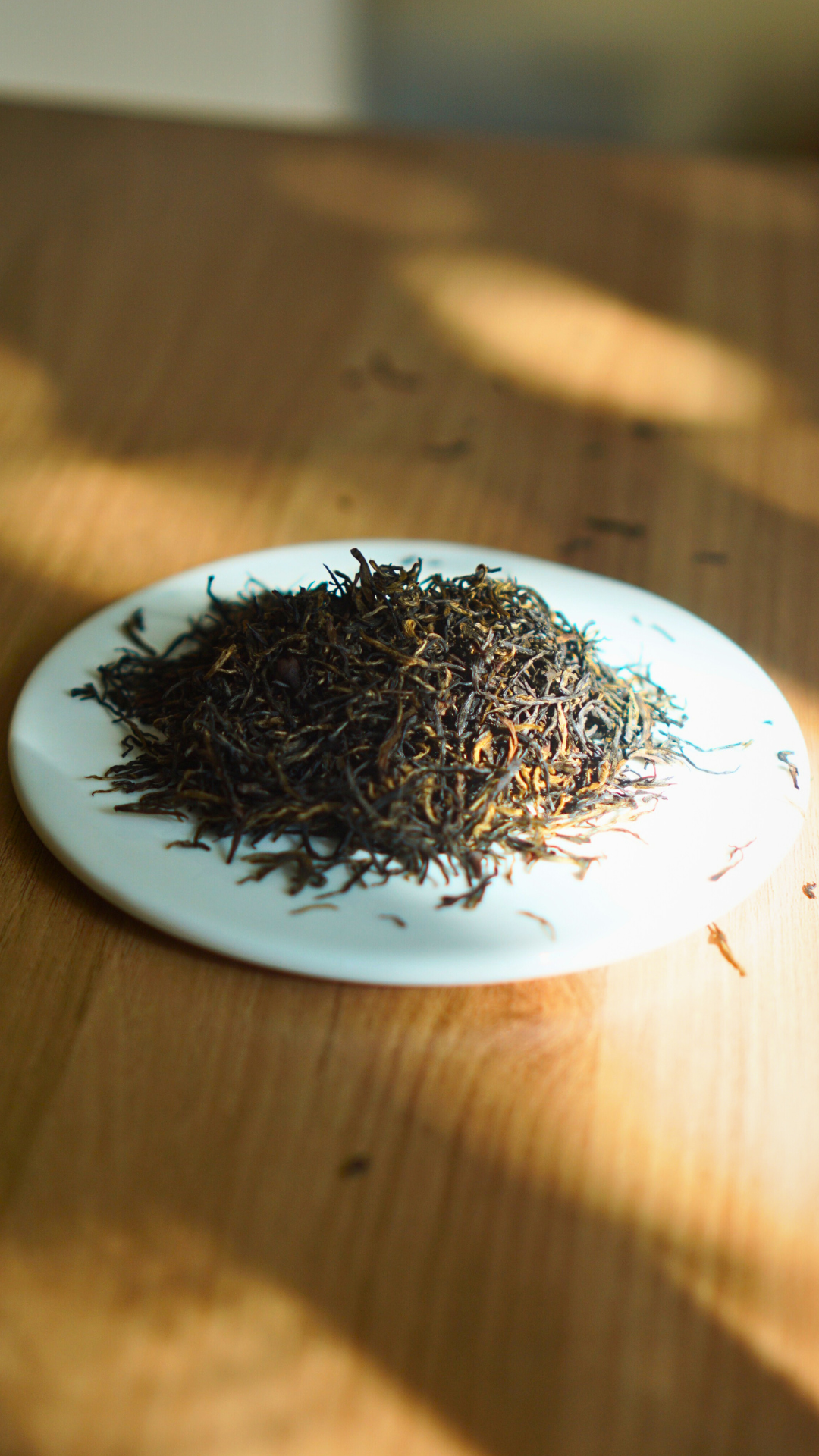
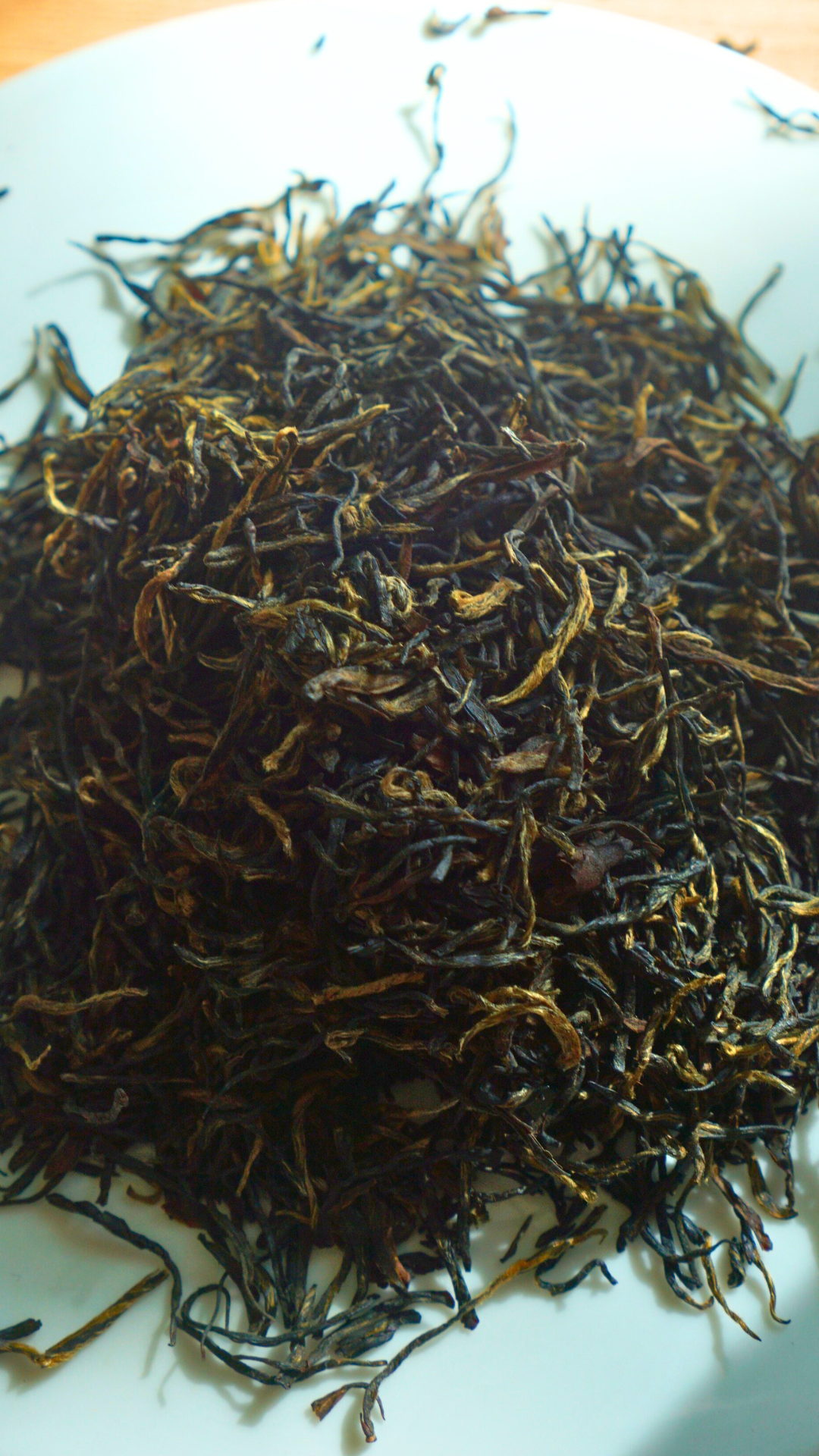
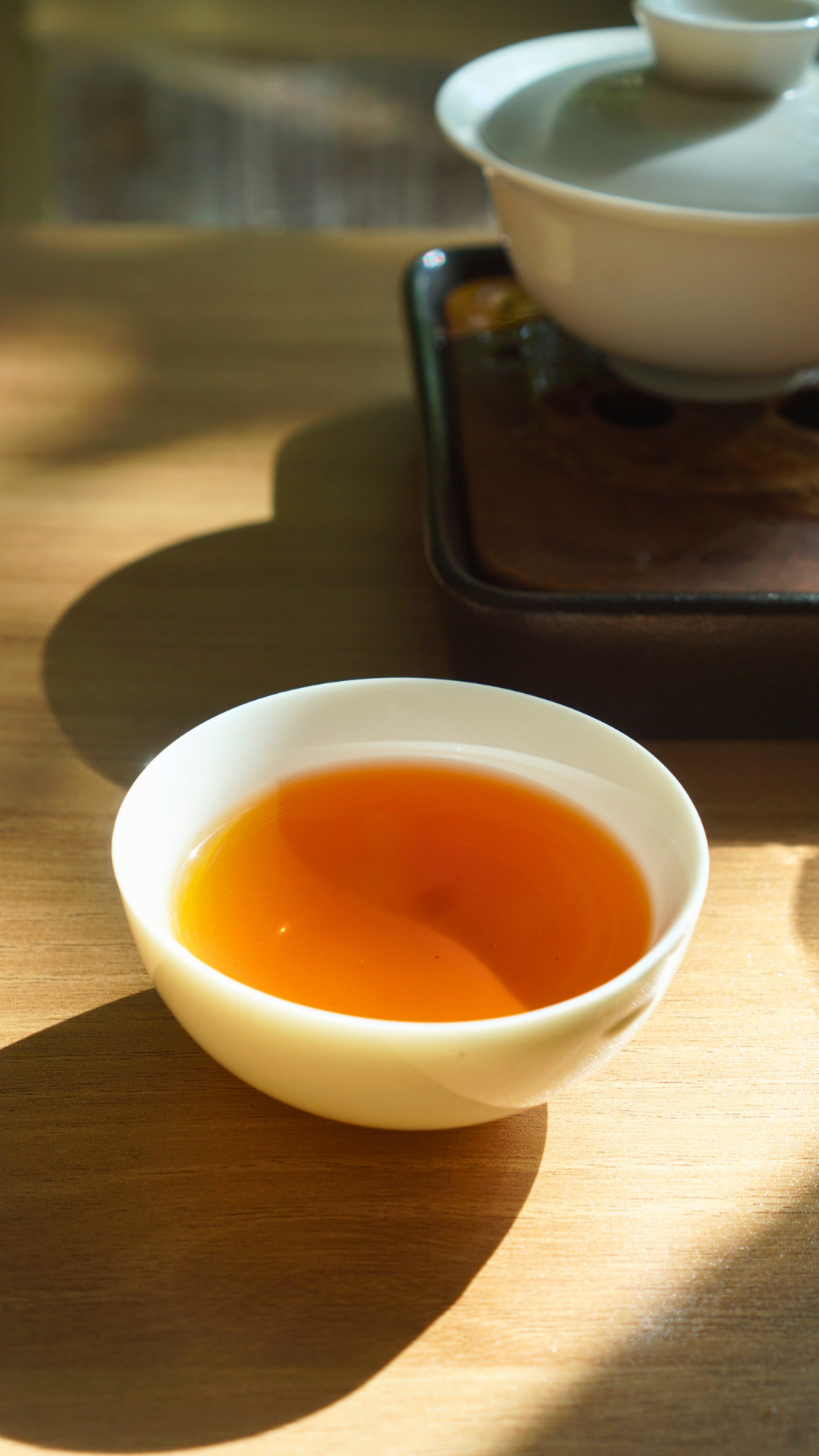
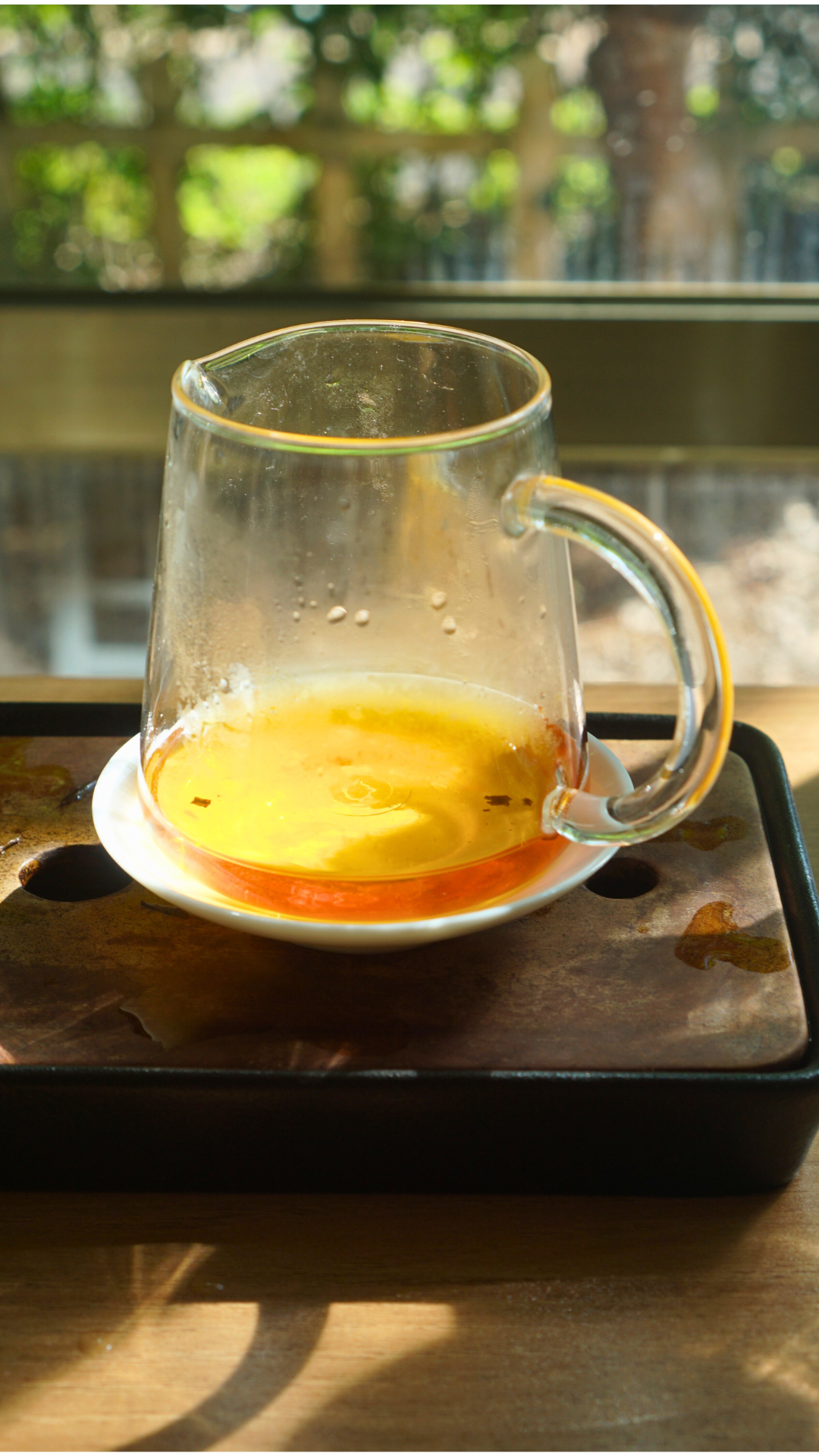
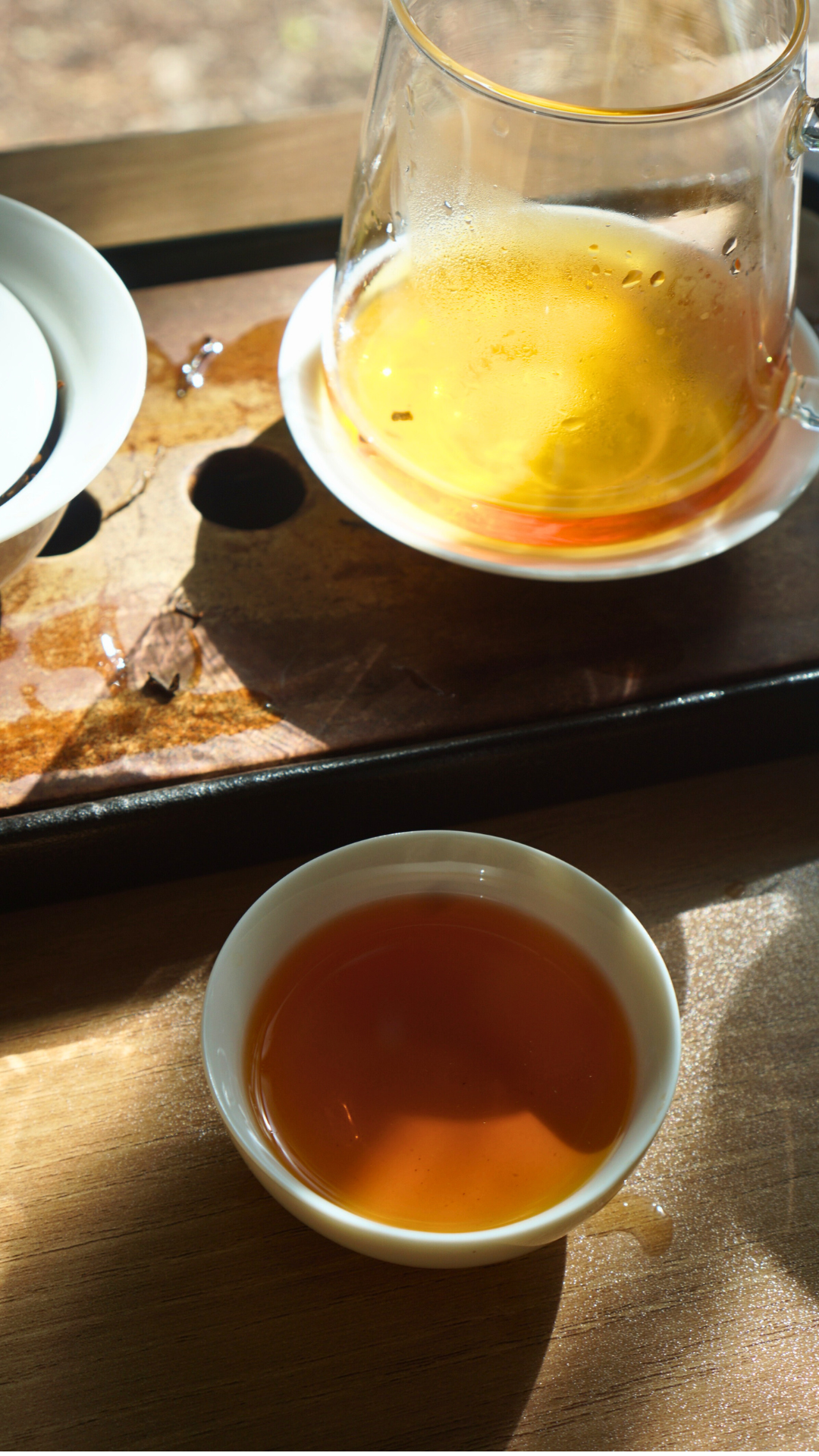
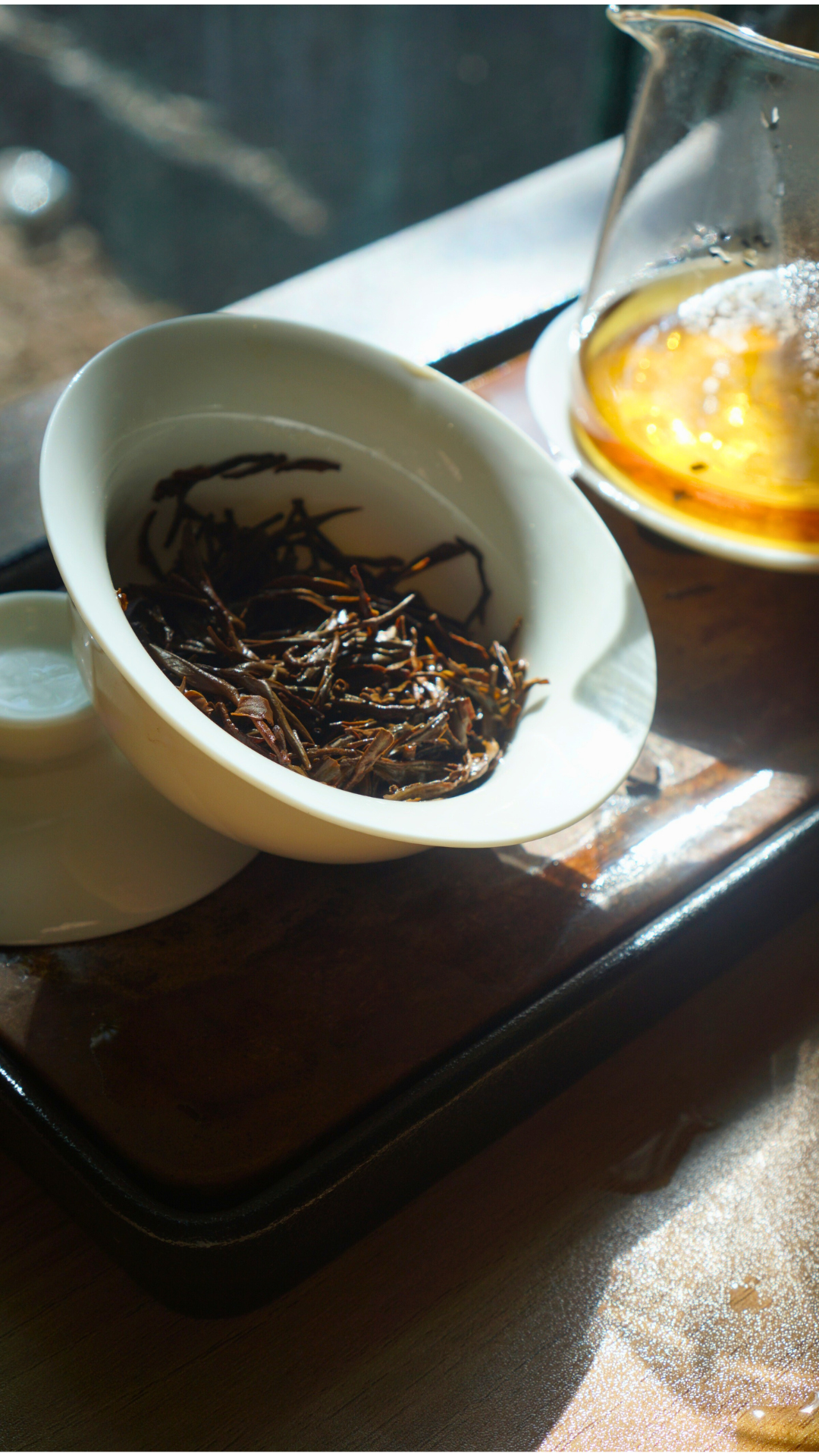
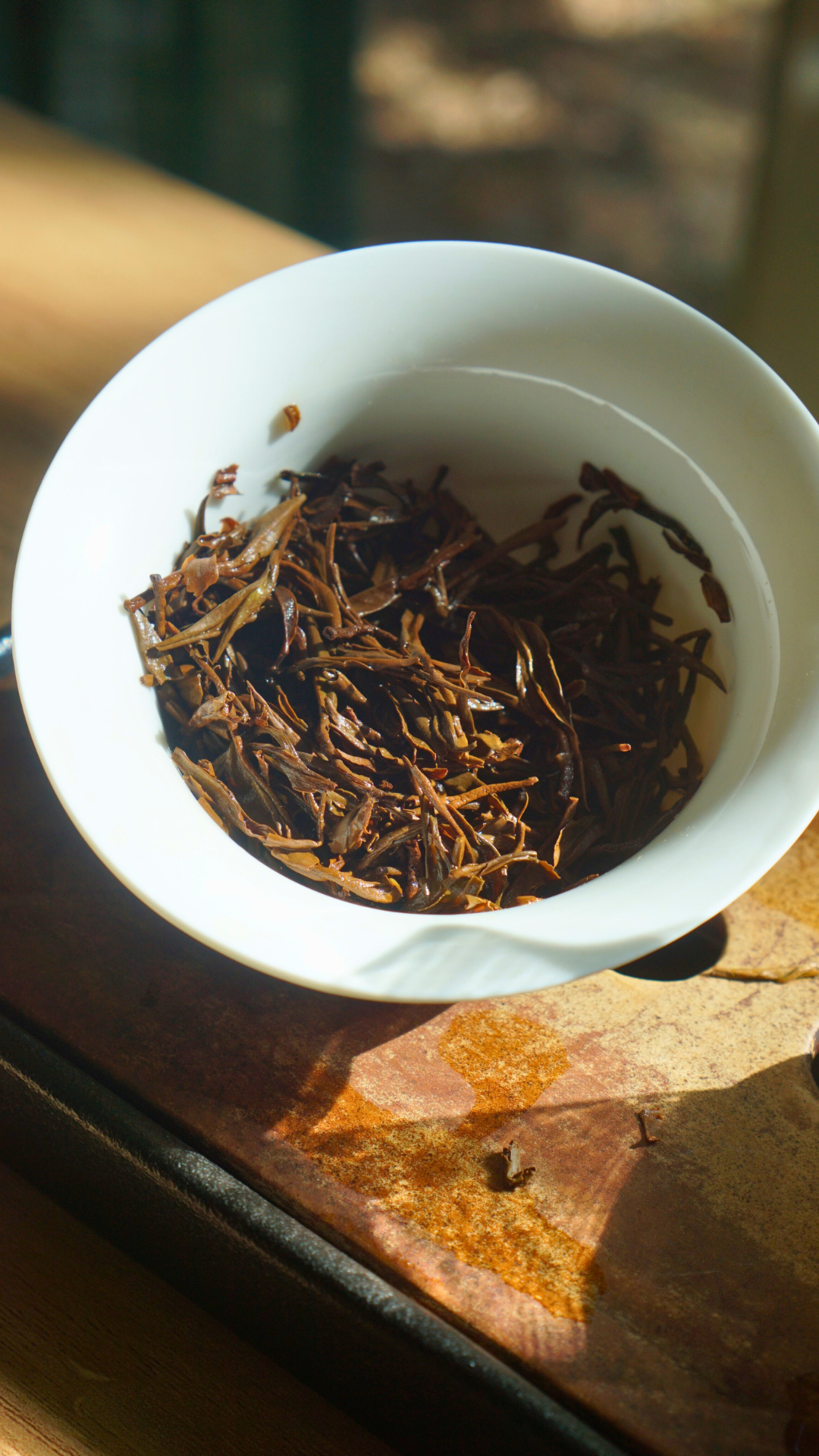
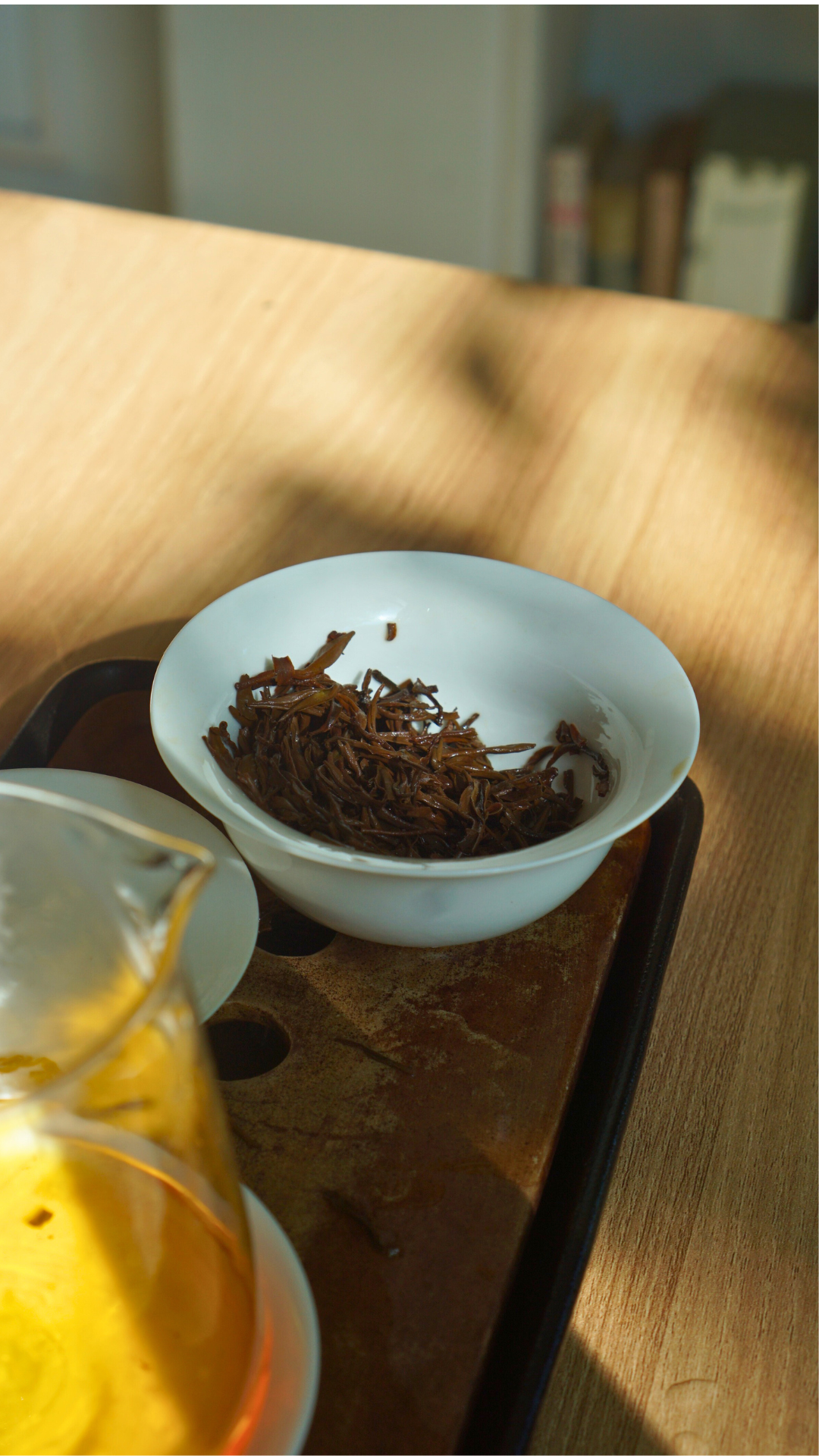
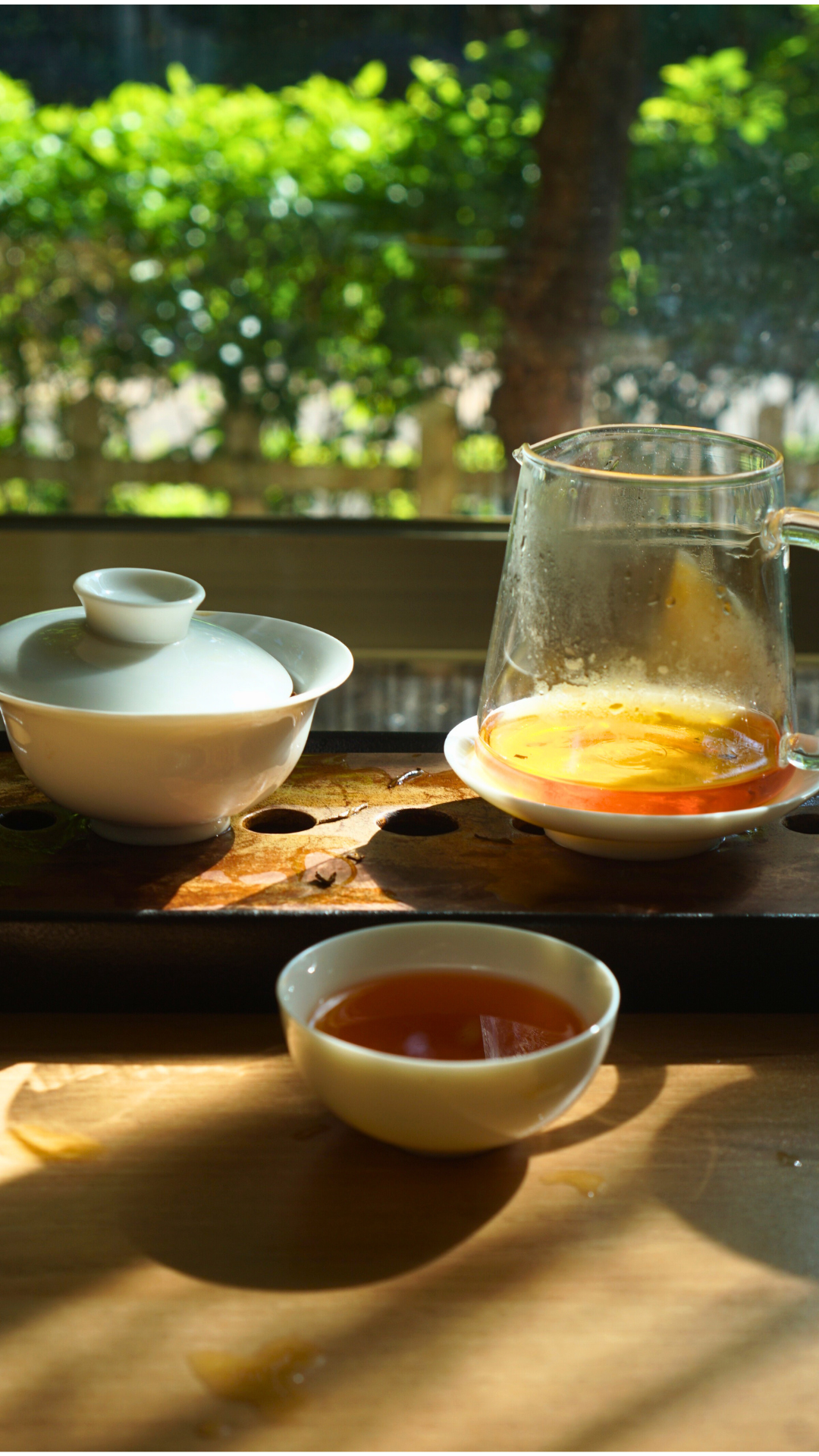
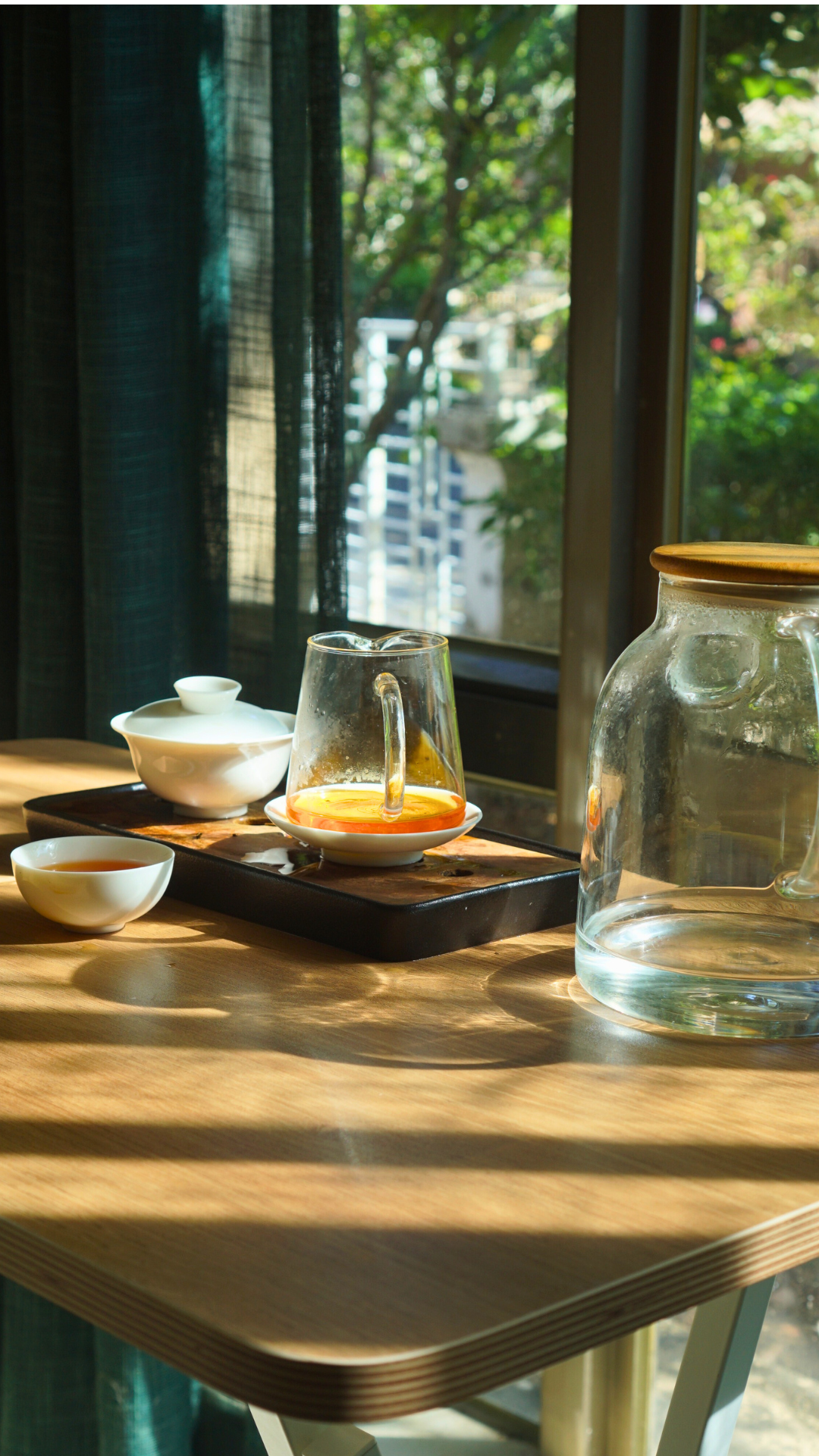
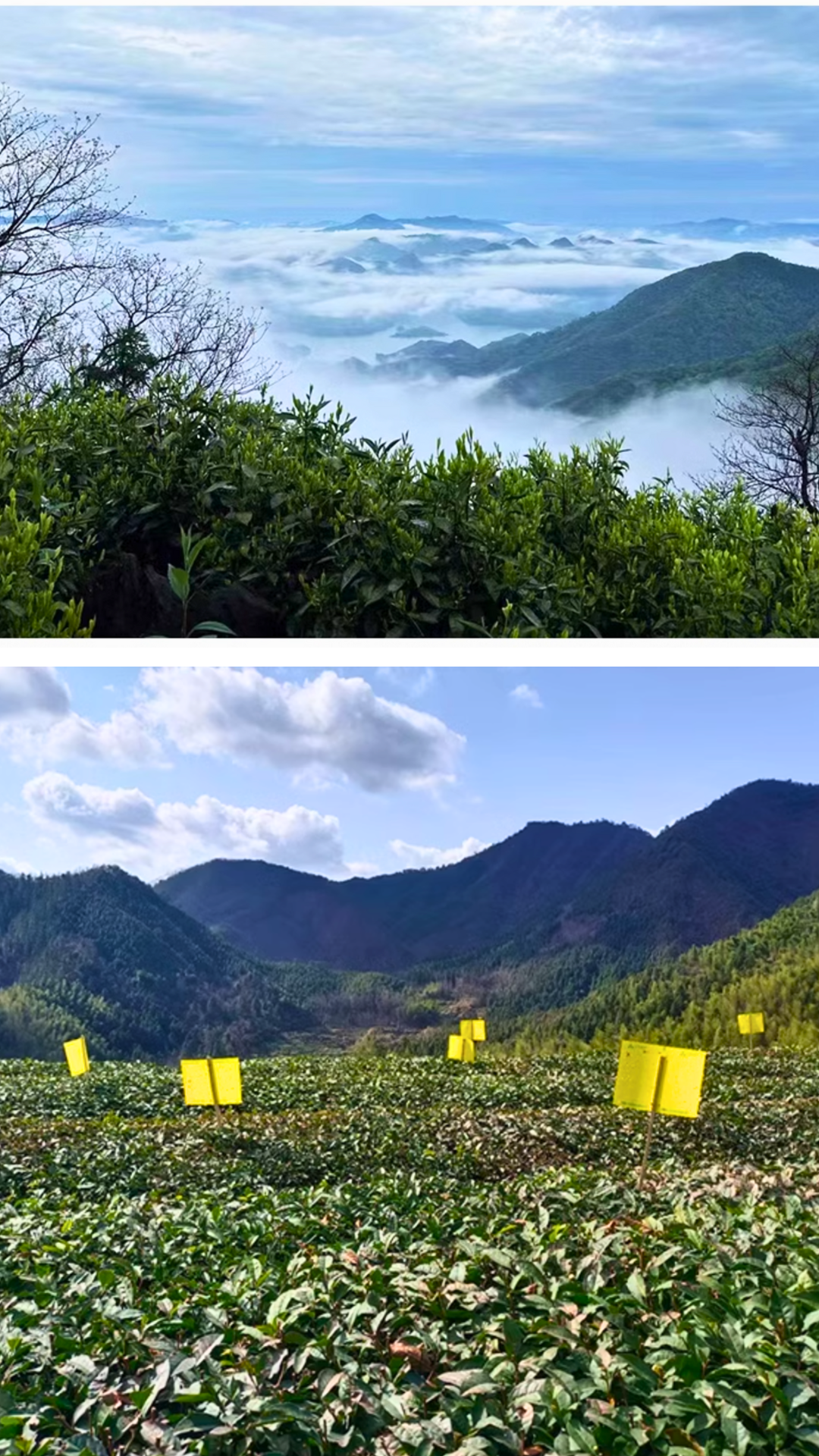
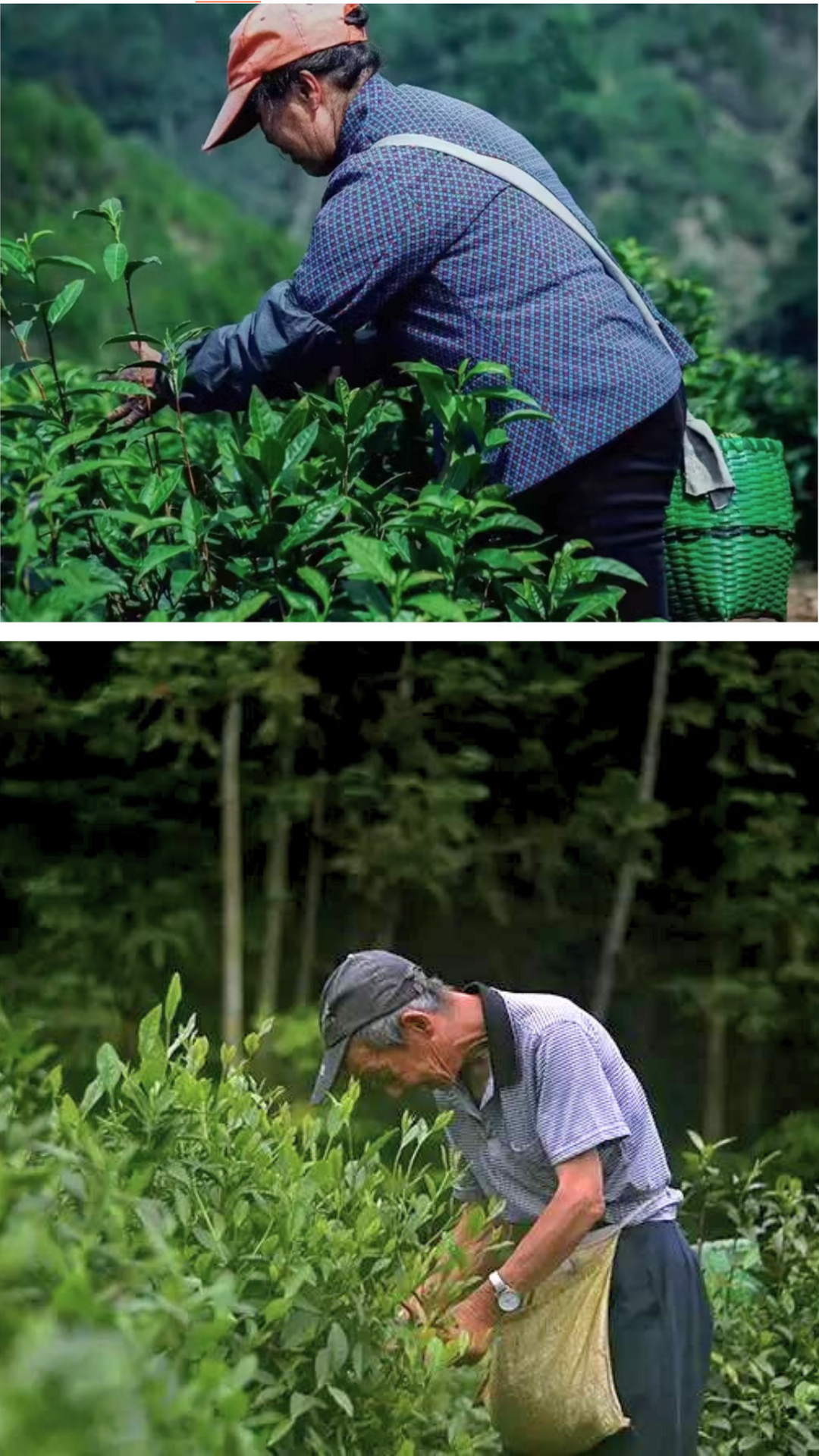
I had never drank Gongfu black tea until a recent trip to the Starbucks in LA. I really enjoyed it. It is a black tea, but has a more herbal flavor, some flower fragrance. I then returned home and bought some qimen black at a local tea specialty shop and also bought this here. I think this tea is much better than what I found at our local specialty shop. (Of course, the price also clearly indicates all of this.) I am really enjoying it.

